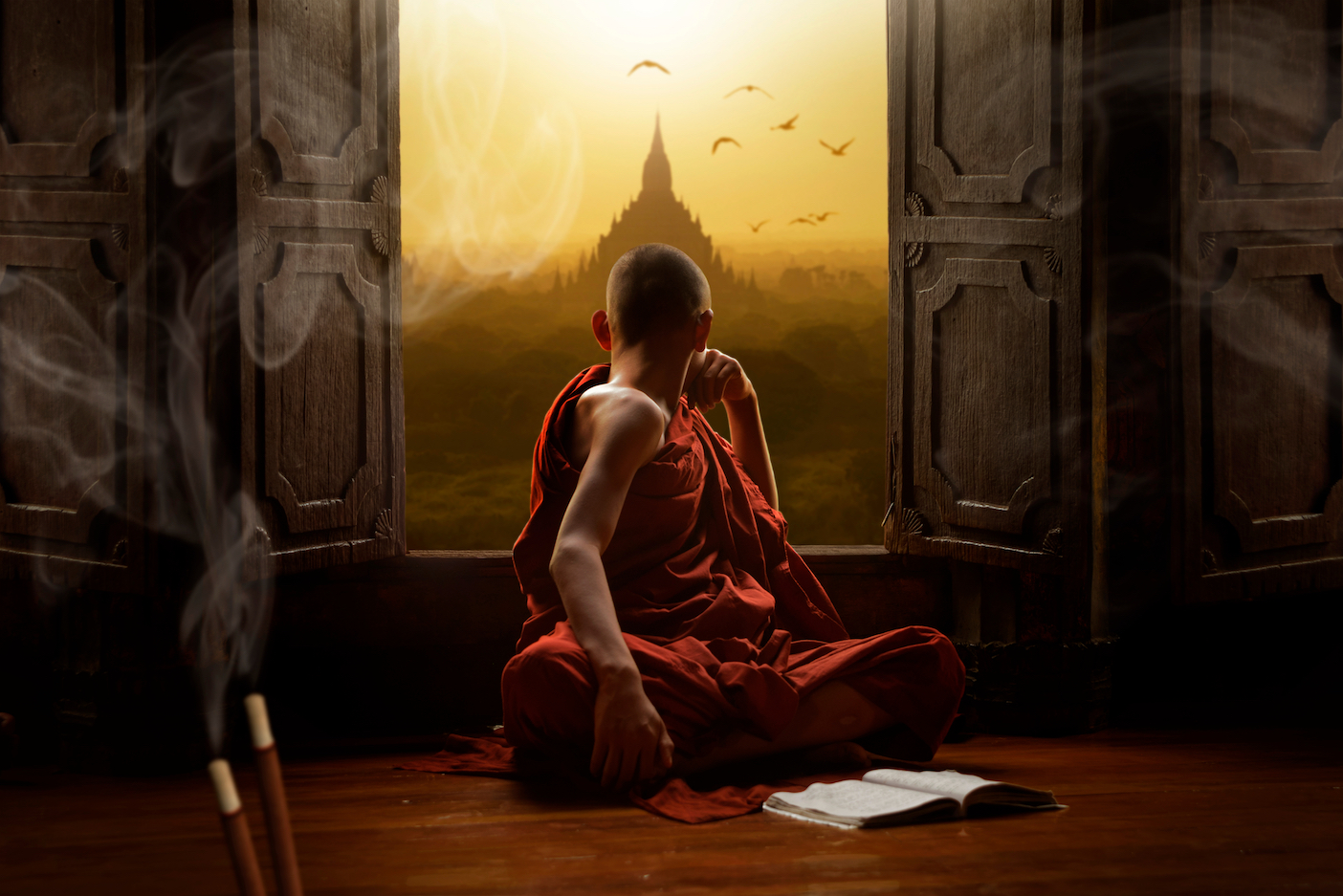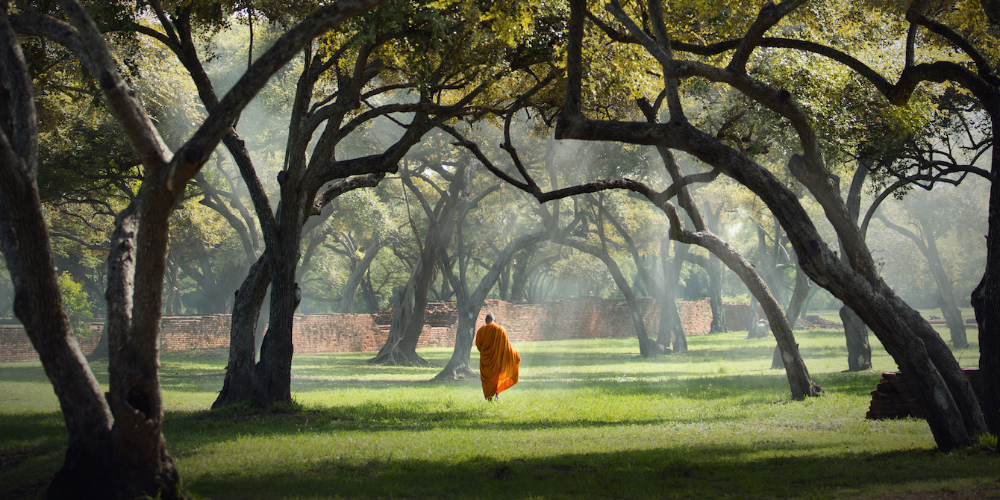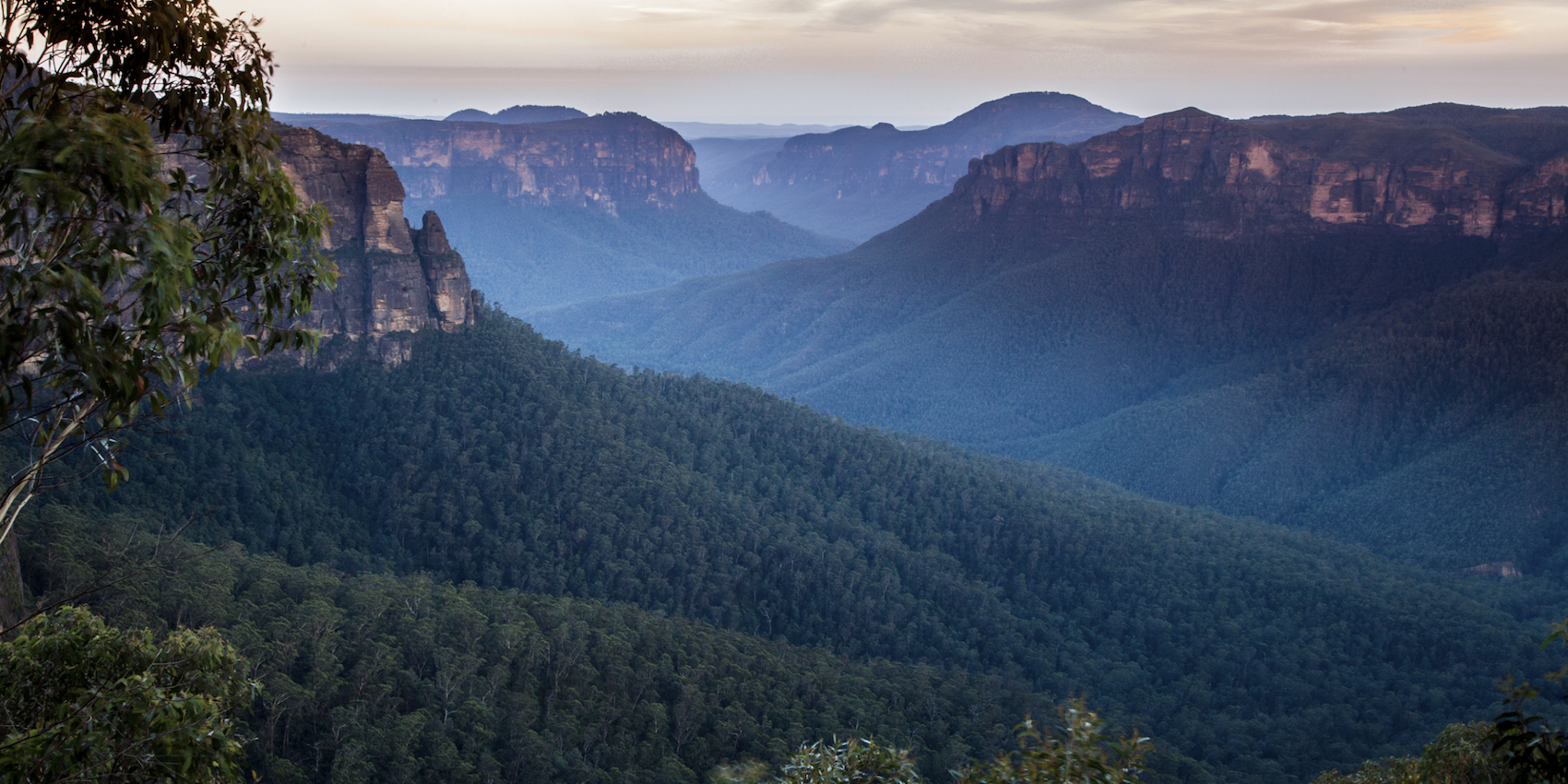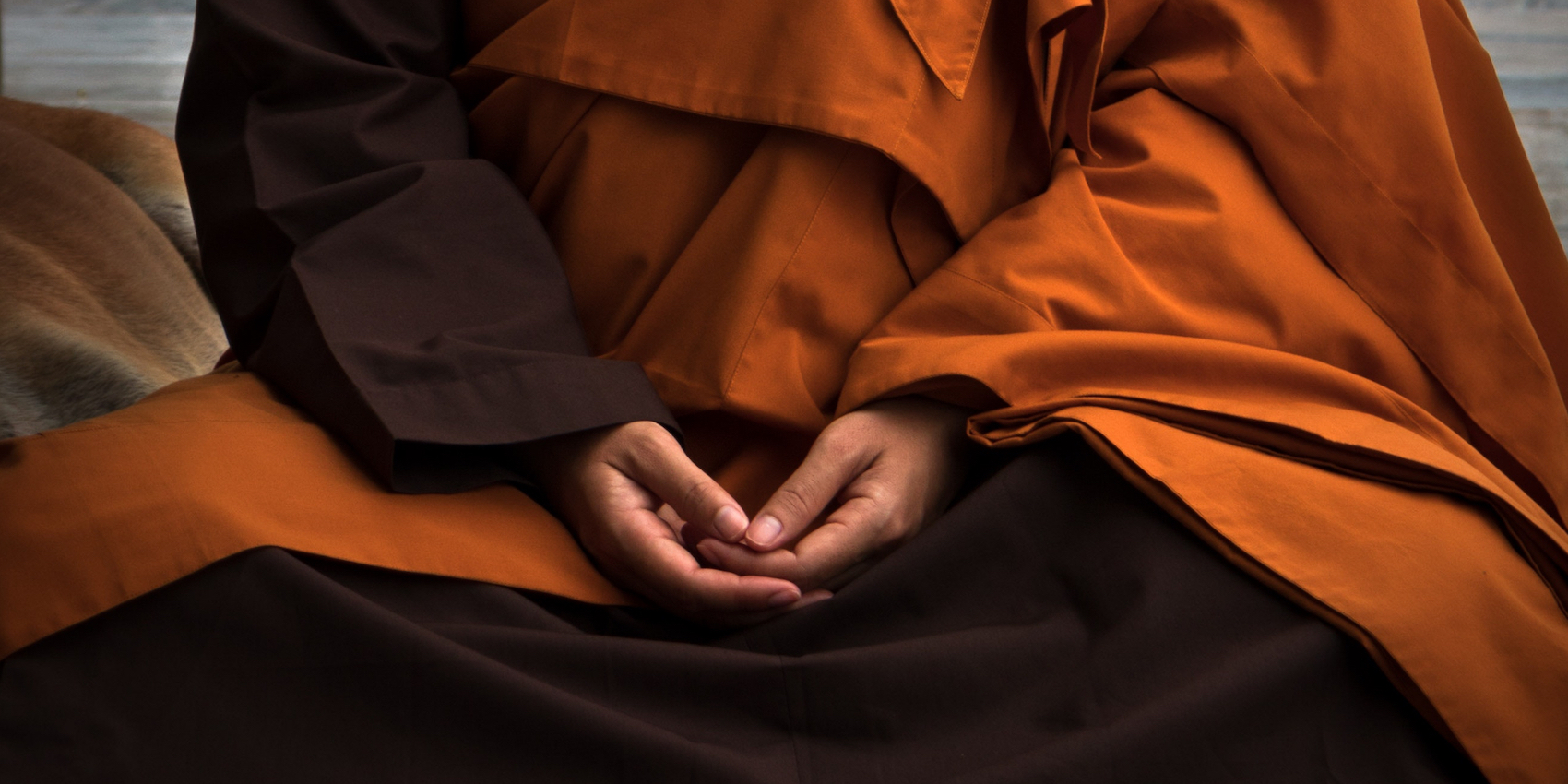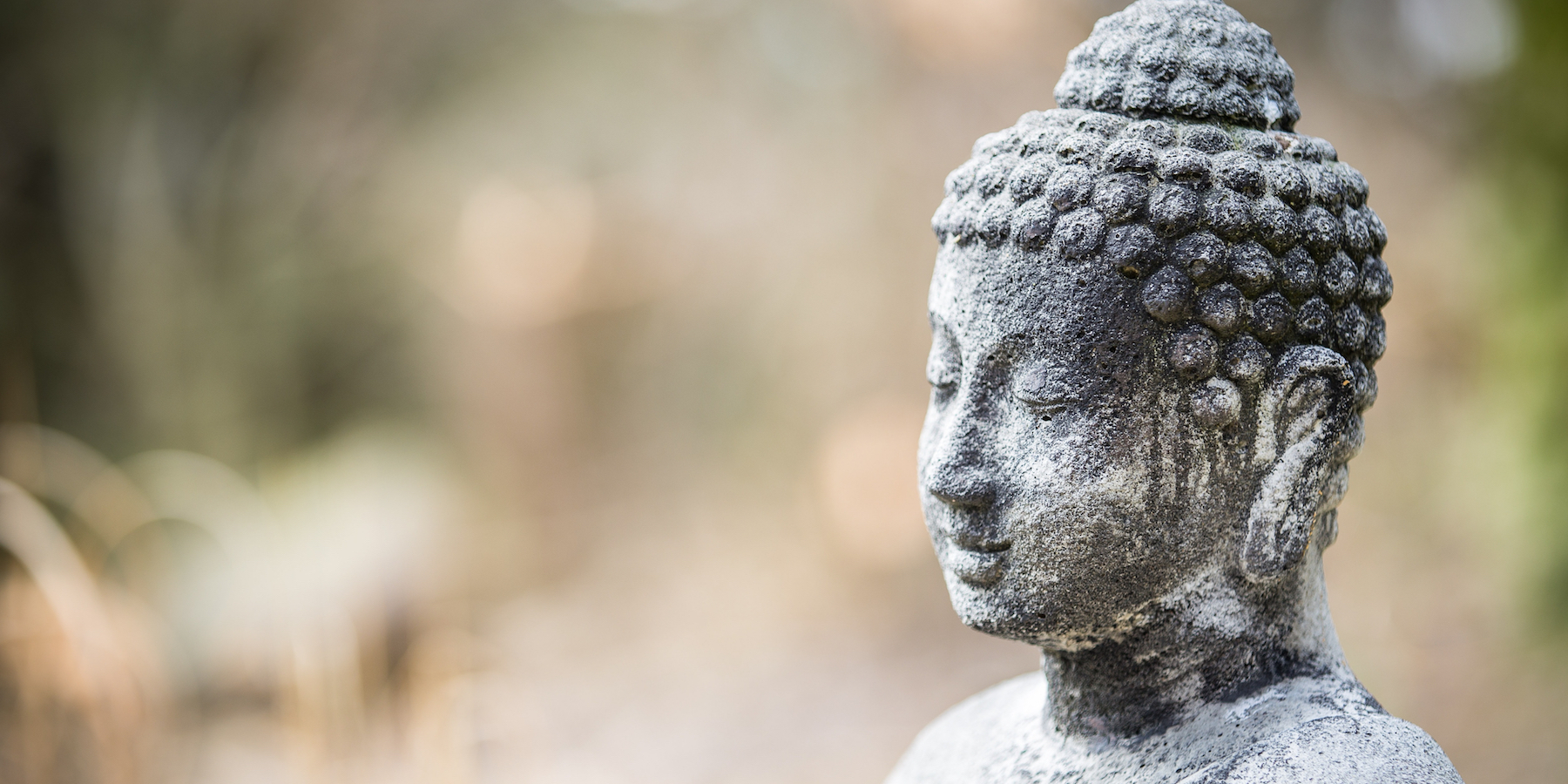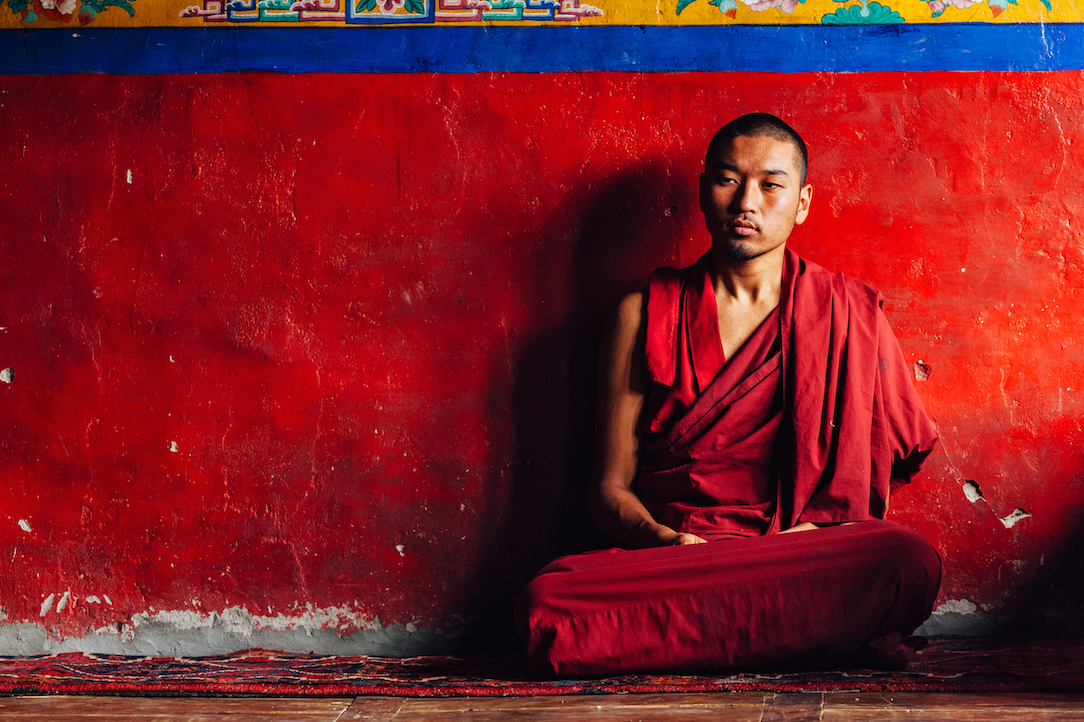Personally, I have always found the Yogacara school of Buddhism to be very logical, even though later schools of Buddhism refute some of the Yogacara findings. I personally believe that if we want to understand our minds, we need to understand our consciousness first.
Many scholars say the Yogacara school believes that there is nothing but consciousness and this consciousness is permanent. In a book, however, called ‘Inside Vasubandhu’s Yogacara’ by Ben Connelly it states, “The tradition does not claim that the universe is made of consciousness or that there is nothing but consciousness. It simply tells us we don’t know anything that is not mediated by consciousness; thus, working with the way our consciousness operates is the best way to promote wellness and non-suffering.”
Carl Jung stated, “Until you make the unconscious conscious, it will direct your life and you will call it fate.” So, with these two statements in mind, let’s take a look at the eight consciousnesses.
Yogacara & The Eight Bodies Of Consciousness
Yogacara states there are two layers of consciousness:
- surface consciousness that includes the six senses, and
- deep consciousness that includes store consciousness and the ‘sense of self’ consciousness.
The Six Sense Consciousnesses
The six sense consciousnesses are sight, smell, hearing, taste, touch and mind. Every object of perception enters our consciousness through our sensory contact with them. These sense consciousnesses can be broken down into three parts:
- the sense organ (eyes, ears, nose, tongue, body or mind);
- the sense object itself (the object we’re smelling or the sight we’re seeing and so on);
- our experience of what we are seeing, hearing, smelling, tasting, touching or imagining.
Read more: We asked Buddhist monk Ajahn Achalo and Buddhist teacher Dr. Miles Neale what being a Buddhist means to them. Read their inspiring and personal answers.
Calming The Mind Consciousness
The most powerful of these sense organs is the mind, which uses up most of our energy. The mind consciousness is responsible for making plans, thinking, creativity, anxiety, stress and so forth. All of these consume a huge amount of energy. It is possible to cut down on the use of this energy by being mindful.
Mindfulness keeps us in the present moment and allows our mind consciousness to relax and let go of worrying about the past or trying to predict the future.
Pause here, now, and calm your mind with the help of these guided meditations by Karma Yeshe Rabgye:
- Relaxing Your Mind Karma Yeshe Rabgye 8:30
- Experience Stillness Karma Yeshe Rabgye 16:41
- Mindful Body Scan Karma Yeshe Rabgye 10:55
- Befriending Yourself Karma Yeshe Rabgye 12:01
- Positive Breathing Awareness Karma Yeshe Rabgye 10:23
- Breathing Awareness With Anchor Words Karma Yeshe Rabgye 10:13
The Deep Levels Of Consciousness
The Yogacara school states the deep level of consciousness has two parts: the store consciousness and the ‘sense of self’ consciousness.
The store consciousness is where all kinds of information collected through our six senses are stored. Now, although we talk about the store consciousness like it is a storage room, it obviously isn’t. It isn’t one particular place but many different places in the brain where different information is kept.
So, how does it work?
Planting Seeds In The Store Consciousness
Whatever we see, hear, taste, smell, touch or imagine will be stored in this consciousness. It can be likened to planting a seed. These seeds can be active or remain dormant. The more seeds we plant of the same kind, the stronger the impulse to act in that way becomes. Some may call this habit or karma.
If you type something on your computer, it is stored on the hard drive. That hard drive is like your store consciousness. You cannot see the information on the screen, but it’s still there. All you need to do is click and it will manifest. The seeds in the store consciousness are like the data you store on your computer.
These seeds are not permanent and can be modified. We can decide what seeds to water and what to modify. If you acted in an unhelpful way, that seed will be planted in the store consciousness, but if after that you only act in a helpful way, the seed of unhelpfulness will be modified. The nature of the information that’s being kept and processed by the store consciousness is always flowing and always changing.
The Karmic Fruit
The important thing here is that we should be very careful about what we are seeing, hearing, smelling, touching, tasting or imagining, because all these seeds are being planted for future reference. Some people say that there is no harm in letting their children play violent video games, but I would beg to differ, those violent seeds are being planted in their store consciousness.
The seeds we plant in the past are portrayed as karmic seeds and the way they manifest in the ‘here and now’ is the karmic fruit. So, the more you act a certain way, the stronger the imprint is, and this will exhibit itself as a habit.
By being mindful of what is being experienced by the six consciousnesses, we can let go of harmful seeds and cultivate helpful ones. In this way, we can transform the store consciousness, instead of blindly being swept along with it.
Read more: Habits can be difficult to change. Hugh Byrne explains how habitual behavior forms and mindfulness is a key of breaking bad habits.
The Splitting Of The World
The Yogacara school further states that the ‘Sense of self’ consciousness believes in a separate self, a person, a soul. This view is not, as many people believe, stemming from the mind consciousness, but is a function of the ‘sense of self’ consciousness. This consciousness clings to the store consciousness as a separate self.
It creates the sense that our body is who we are, our thoughts are who we are, and the same for our emotions, perceptions and experiences. It splits the world into me and everything outside of me. This leads us to be dissatisfied because we are always filtering the experiences we have through this sense of self. We are always trying to see how things affect me, what does that mean for me and how will I gain from this.
As I stated at the beginning, an understanding of consciousness is going to assist you in understanding the mind. This will in turn help you with your meditation and mindfulness practices.
Read more from Karma Yeshe Rabgye: In this essay, he explains eight Buddhist precepts and how to adhere to them on a day of observance and self-restraint.

